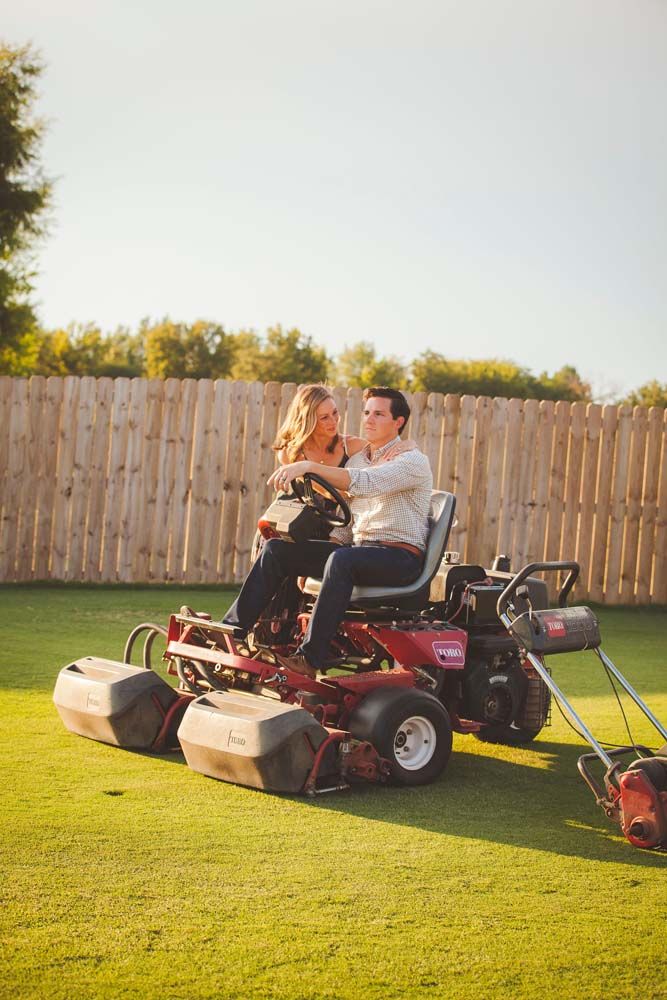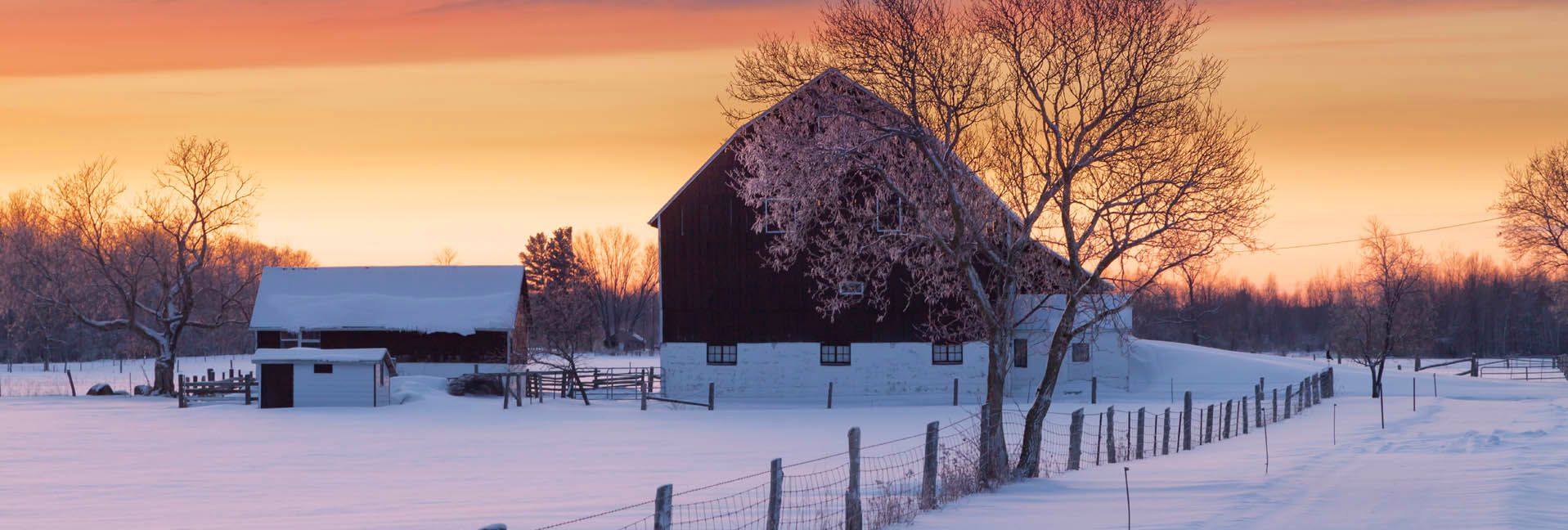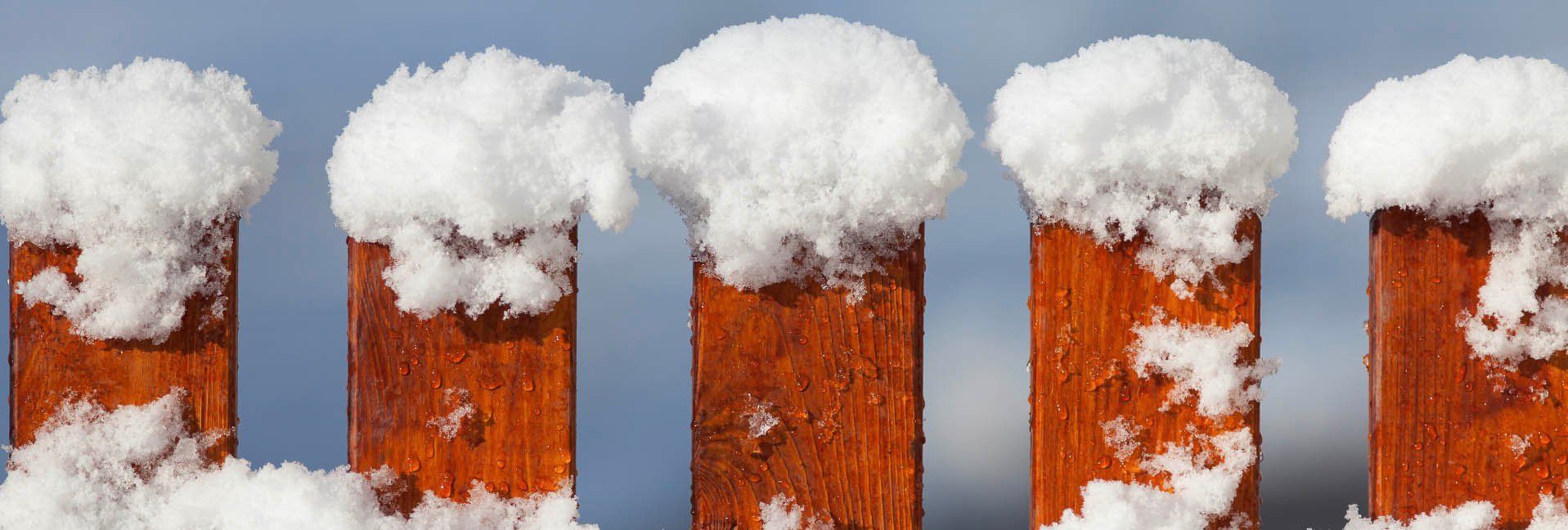How to make an herbal salve to cure what ails you


Written by Carol J. Alexander
February 3, 2023
Many years ago, my little boy had chapped lips gone awry. His habit of licking left his lips cracked, bleeding, and painful. I tried every product on the market without success. It made my heart hurt that I couldn’t help him.
Then, one day, he asked, “Mama, what about your homemade salve? Would that help?” I didn’t have any of my homemade herbal salve on hand so I didn’t think to try it. Why not, I thought. It couldn’t hurt. So, out in the yard, I went to pick the herbs.
Harnessing herbal help
For a healing salve, I like to use comfrey, chickweed, and plantain.
Comfrey is a miracle herb all by itself but when mixed with the others, there’s no stopping its power. Although I have no qualms using comfrey sparingly and temporarily on broken skin, I must add that the Food and Drug Administration warns against it. It contains traces of pyrrolizidine alkaloids which have been linked to liver cancer. So, do your own research and draw your own conclusions.
Otherwise, the miracle ingredient in comfrey is allantoin. This chemical stimulates the proliferation of skin cells which regenerates damaged tissue. In her book, “Herbal Recipes for Vibrant Health,” renowned herbalist Rosemary Gladstar says, “Comfrey is highly valued for its soothing qualities.”
Chickweed contains anti-inflammatory properties and acts as a catalyst for other herbs, helping them to absorb and do their job. According to Gladstar, chickweed is “highly esteemed for its emollient and demulcent properties and is used to treat skin irritations…and is often found in salve formulas because of its soothing effects on the skin.”
Plantain draws impurities, stops bleeding, and heals tissues. Gladstar calls it the “green bandage.” Chew a plantain leaf and apply to a bee sting for instant relief. Add it to your herbal salve and its flavonoid apigenin will take down inflammation.
A few other ingredients to consider include burdock root or honey for antibacterial properties, St. John’s wort to relieve pain, calendula for soothing skin, and myrrh or black walnut hulls for antifungal uses.
Other ingredients and tools
Now that you’ve gathered your herbs, collect the rest of the ingredients: olive oil, beeswax, and vitamin E oil or capsules for a preservative. If you don’t have herbs growing in the yard, you can use dried ones. You’ll need a couple of tablespoons of each.
Other supplies you’ll need include:
• Small stainless steel pot and spoon
• Funnel or sieve
• Piece of clean muslin
• 2-cup glass measuring cup
• Cheese grater if your wax needs grating
Step-by-step to making your herbal salve
Clean and macerate: If necessary, rinse the herbs you collected and dry thoroughly. Only do this if they show obvious dirt from a recent rainstorm. Macerate the fresh leaves by squeezing them gently in your hands to break down the fibrous tissue, releasing their healing properties quicker.
Add herbs: Fill the pan about halfway with fresh herbs. Or, use a few tablespoons of each if dried.
Heat: Add enough olive oil to just cover the herbs in the pan. Heat on low until the fresh herbs wilt or the dried herbs begin to crisp. This takes about 15 to 20 minutes. Don’t rush this step by using too high of heat. The high heat could cause your oil to smoke, requiring you to discard it and start over. Also, be very careful with the hot oil; it’s extremely dangerous. Make your salve when children and pets aren’t underfoot.
Strain: After infusing the herbs, strain them through the funnel or sieve lined with muslin and placed on top your 2-cup measurer. Let it sit until the dripping stops and then squeeze it as tightly as you can to extract every last drop of oil.
Add: Return the oil to the pan and add the herbs to your compost bin. Add the grated wax and melt it over low heat. It’s tricky here to get the right ratio for the finished product. More wax creates a firmer salve. I start with ¼ cup of wax to a cup of oil.
Refine mixture: After the wax melts, Gladstar recommends testing it for firmness by placing a tablespoon of the mixture in the freezer for a minute or two. “If it’s too soft, add more beeswax; if too hard, add more oil,” she says. When it’s just right, remove the pan from the heat and add the vitamin E as a preservative. Simply puncture two to three capsules and squeeze the oil into the mixture and stir.
Let harden: Finally, pour the liquid into your containers and wait for it to harden.
Before my little boy’s episode with chapped lips, our family called this mixture Homemade Salve. After it healed his lips in a couple of days, we started calling it Mama’s Miracle Salve. If you need any miracle skin healing, try making your own today.
NOTE:
This article is not intended as medical advice. Please consult your doctor before including any natural or folk remedies to your health care regimen. If you have a compromised liver, regularly take medication that affects the liver like acetaminophen, or drink alcohol in excess, using comfrey is highly discouraged, even in moderation.
Tags:Seasonal Living

Acreage Life is part of the Catalyst Communications Network publication family.













